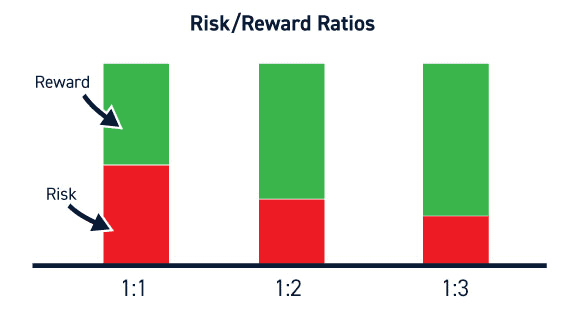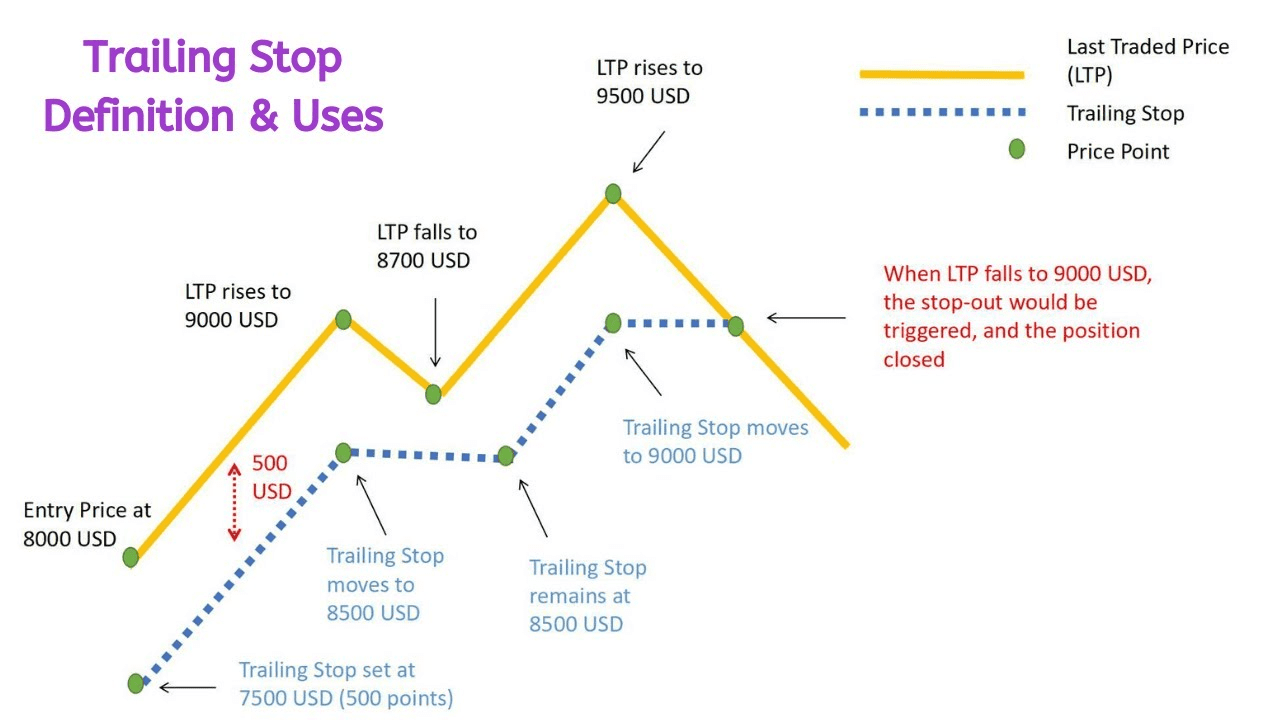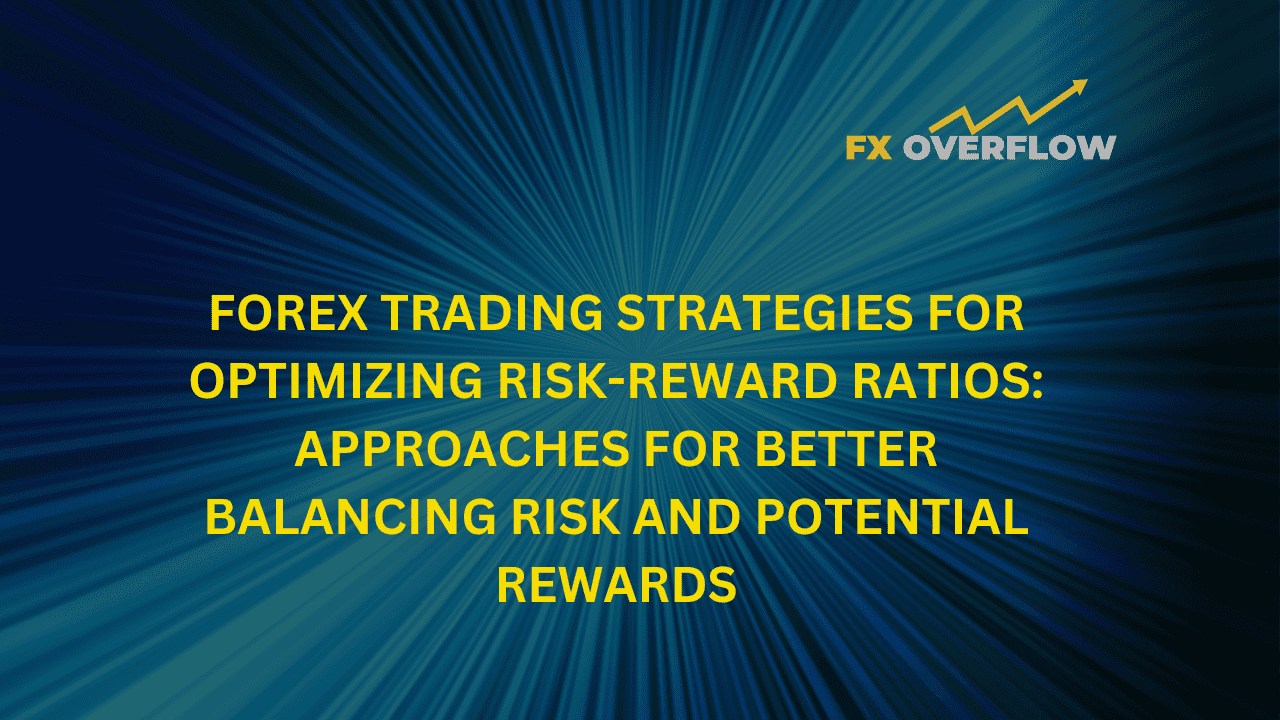Forex Trading Strategies for Optimizing Risk-Reward Ratios: Approaches for Better Balancing Risk and Potential Rewards
The world of forex trading offers immense opportunities for financial gains, but it comes hand in hand with significant risks. As traders seek to capitalize on exchange rate fluctuations, they must navigate the intricate landscape of risk management and potential rewards. One of the fundamental concepts that lies at the heart of successful trading is the risk-reward ratio. This ratio plays a pivotal role in determining a trader's long-term profitability, as it defines the relationship between the amount of risk taken on a trade and the potential reward.

Table Content
1. Understanding Risk-Reward Ratio
2. The Importance of Optimizing Risk-Reward Ratios
3. Approaches to Optimize Risk-Reward Ratios
4. The Psychological Aspect
5. Footnote
Understanding Risk-Reward Ratio
The risk-reward ratio is a critical metric that quantifies the potential loss against the potential gain in a trade. It's expressed as a numerical value, representing how many times the potential reward outweighs the risk. For instance, a risk-reward ratio of 1:2 indicates that for every unit of risk, the potential reward is two units. This ratio acts as a guideline for traders, helping them assess whether a trade is worth taking based on the perceived profitability and the level of risk they are willing to accept.
The Importance of Optimizing Risk-Reward Ratios
Optimizing risk-reward ratios is paramount for sustainable success in forex trading. By maintaining a favorable risk-reward ratio, traders can better manage their overall portfolio and safeguard their capital against significant losses. Even if a trader's win-rate is not excessively high, an effective risk-reward ratio can still lead to profitability.
Let's consider a scenario to highlight this importance. If a trader consistently maintains a risk-reward ratio of 1:3 and wins only 40% of their trades, they can still be profitable. Even with a majority of losing trades, the larger rewards from the winning trades can offset the losses, resulting in a net positive outcome.
Approaches to Optimize Risk-Reward Ratios
Several strategies can be employed to optimize risk-reward ratios, allowing traders to strike a balance between risk and potential rewards. Here are some approaches to consider:
1. Identify High-Probability Setups
Successful traders understand that not every trade is worth taking. One of the key aspects of optimizing risk-reward ratios is identifying high-probability trade setups. This involves thorough technical and fundamental analysis to pinpoint trades with a higher likelihood of moving in the desired direction. By focusing on quality rather than quantity, traders can increase their chances of achieving favorable risk-reward ratios.
2. Set Realistic Profit Targets
Establishing realistic profit targets is crucial for maintaining a balanced risk-reward ratio. Traders should avoid setting profit targets that are too ambitious or unrealistic. By setting achievable profit levels, traders can ensure that their potential rewards are commensurate with the risks they are taking.
3. Utilize Trailing Stops
Trailing stops are a valuable tool in risk management. They allow traders to lock in profits as a trade moves in their favor, while still giving the trade room to breathe. Trailing stops can be adjusted according to market conditions, helping traders secure profits while allowing the trade to potentially reach higher reward levels.

4. Implement Position Sizing
Position sizing is a critical component of risk management. It involves determining the appropriate amount of capital to allocate to each trade based on the potential risk and reward. Traders can use various position sizing techniques, such as the percentage risk model, to ensure that no single trade has the potential to significantly impact their overall portfolio.
5. Diversify Your Portfolio
Diversification is a time-tested strategy that applies not only to traditional investments but also to forex trading. By diversifying their trades across different currency pairs and market conditions, traders can reduce the overall risk exposure of their portfolio. This approach helps prevent catastrophic losses from a single unfavorable trade.
6. Focus on Risk Management
While optimizing risk-reward ratios is essential, effective risk management extends beyond individual trades. Traders should have a comprehensive risk management strategy that considers factors such as maximum allowable loss per trade, daily or weekly loss limits, and overall portfolio risk. By prioritizing risk management, traders can ensure their longevity in the forex market.
The Psychological Aspect
Optimizing risk-reward ratios is not solely about the technical aspects of trading. The psychological element plays a significant role in a trader's ability to adhere to their strategies. Traders must overcome the natural inclination to chase after big rewards without considering the associated risks. Moreover, they need the discipline to cut losses early and let winners run—a principle that's often easier said than done.
Footnote
Forex trading is a dynamic and challenging endeavor that requires a comprehensive understanding of risk and reward. Optimizing risk-reward ratios is a cornerstone of successful trading, enabling traders to manage their risks effectively while capitalizing on potential rewards. By employing strategies such as identifying high-probability setups, setting realistic profit targets, utilizing trailing stops, implementing proper position sizing, diversifying the portfolio, and focusing on risk management, traders can enhance their chances of achieving consistent profitability.
However, it's important to recognize that no trading strategy can eliminate all risks. Markets are inherently unpredictable, and losses are an inevitable part of trading. The key is to strike a balance between risk and reward that aligns with your trading goals and risk tolerance. By combining solid risk management practices with a disciplined approach, traders can navigate the forex market with greater confidence and improve their chances of long-term success.











Discussion